carnedereblog: Masuimi Max


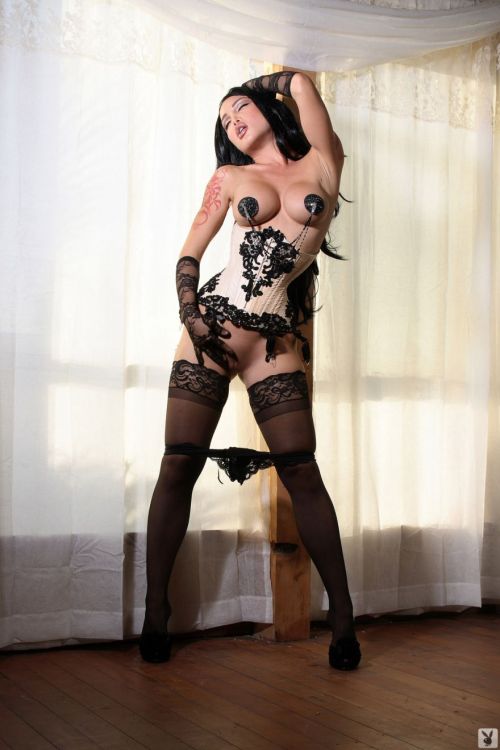


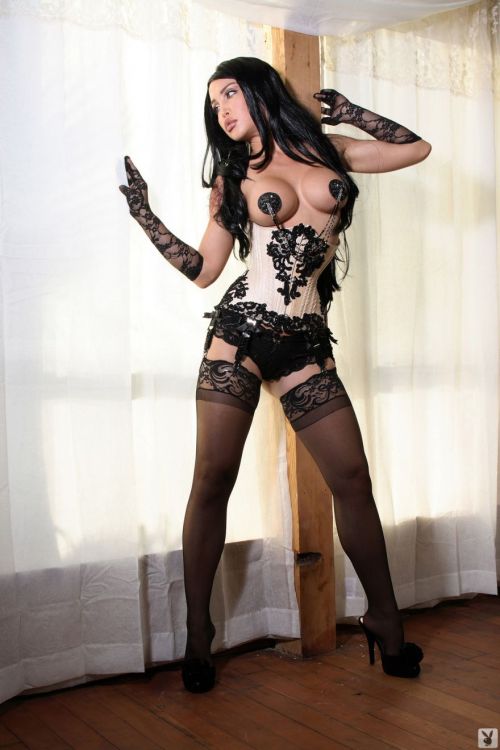

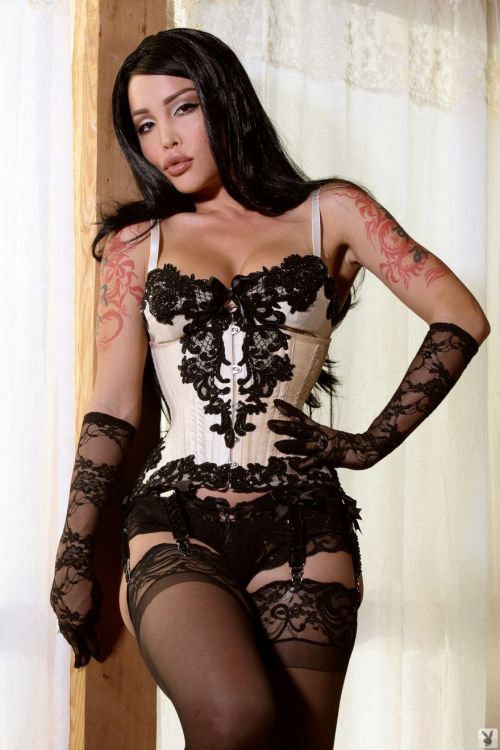
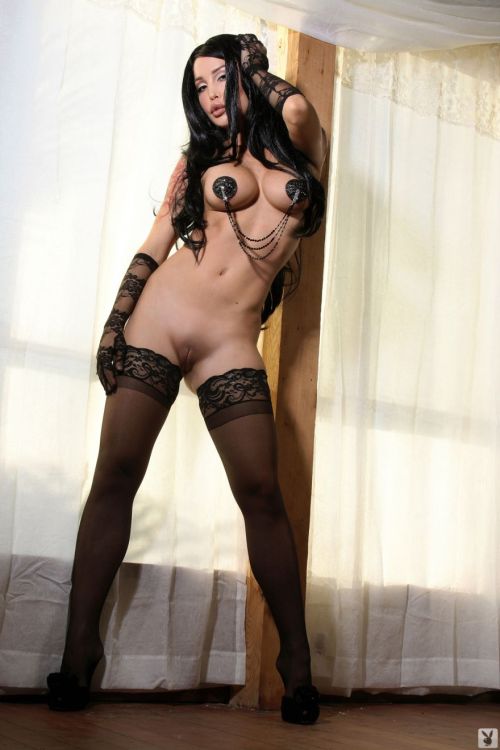

Masuimi Max
useonce-and-destroy-: this song is so fucking beautiful
this song is so fucking beautiful
xombiedirge: Lobo by Ben Oliver
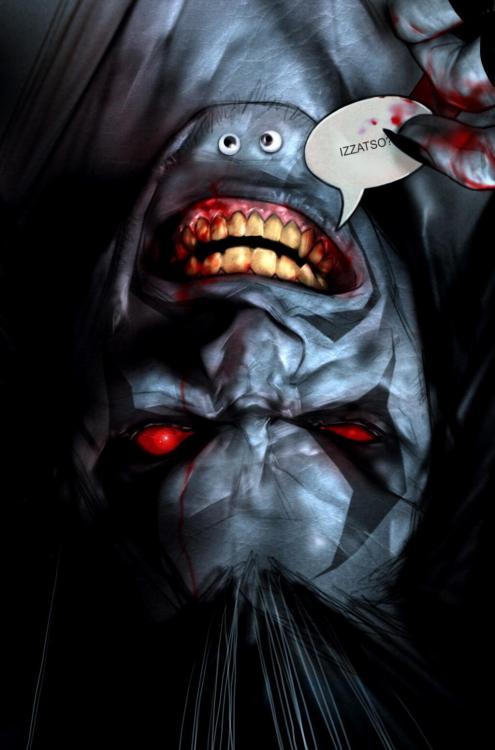
Lobo by Ben Oliver
hipeach: ghost nood. #godsgirls #girlswithtattoos...

ghost nood. #godsgirls #girlswithtattoos #girlswithhair #girlswithphotoapps #girlswithbagsofcheddarpopcorn #girlswithinternetfriends
westcoastavengers: The Maxx by Skottie Young
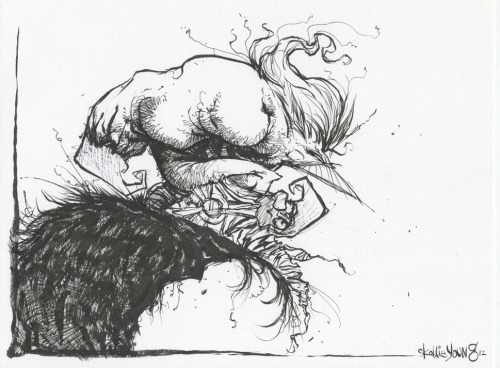
The Maxx by Skottie Young
simonist: snippets of an excellent write up on...

1

2

3

4

5
snippets of an excellent write up on Jean-Giraud/Moebius, written by sirspamdalot/jesse hamm. There's more info at the source (and really his entire blog is incredible!) so please check that out!
"But when we graph Moebius's perspective lines, we see that he didn't guess. All of the parallel lines in these drawings converge on shared vanishing points, meaning that he established these points at the outset and made sure to angle every line to its appropriate point. Even that little row of sticks at the bottom center of the first image is lined up properly. Notice too, in the first image, that he established the proper distance between the columns, represented here by the blue lines. (I won't bore you with the perspective rules he's following here, but basically that big blue X proves that he accurately calculated the columns' placement.) I'll repeat that: he bothered to geometrically plot the placement of background columns in a fantasy environment. Also notice that the vanishing point on the left occupies the same horizon line (that horizontal green line stretching across the image) as the point on the right. This rule is typically violated when artists guess; Moebius wasn't guessing.
Similarly, in the second image, he repeatedly places and follows vanishing points, even when they occur way off the page and he could have gotten away with guesses."
"DEPTH INDICATORS
Another thing I appreciate in the work of Moebius is his use of depth. He was able to indicate depth in a scene by including depth indicators: objects and textures that alert our minds to the fact that distances are being represented.
Below [3] is a prime example of Moebius's approach to depth, along with a rough diagram of how a viewer sees the image. The depth indicators — rocks, boats, ripples in the water, birds, overlapping clouds of mist — each read as occupying a different plane in the drawing, thereby alerting the viewer to the existence of those otherwise invisible planes. The viewer pictured at the left in my diagram can imagine the space in the scene because the depth indicators (here stacked roughly in the order of their nearness to her, like a diorama) give her clues to the layers of space between her and the horizon.Here's [4] a version I made of the above image, but with most of the depth indicators removed. (Their absence here mimics a similar absence of depth indicators in the work of most artists who aren't Moebius.) Make no mistake: the amount of depth pictured here — that is, the distance from the viewer to farthest object in the background, as indicated by the size and placement of the bird-riding human and the horizon — is the same amount of depth that we see in the original version of the image. The only difference is that the depth indicators are missing. The result is diagrammed farther below, where the girl is looking at the image. One depth indicator — the large bird — suggests one plane of depth, but since the other depth indicators are absent, the girl has no impetus to imagine/acknowledge the planes of depth which they represented. "
LOCATION STAGING
"Moebius's approach to depth was also uncommon in that he avoided the "television" approach to entering and exiting scenes.
In television, and often in movies, it's budget-friendly to film interior scenes and exterior scenes at separate times and locations. The first camera unit shoots a scene between two actors on a set representing the inside of a farmhouse; meanwhile, the second unit goes out to get exterior shots of a real farmhouse and the land surrounding it. Later, the shots are edited together, such that you begin the scene with a wide shot of the farm, and then cut to medium shots of the characters speaking, inside the house. The problem with this approach, aesthetically, is that it creates a subtle disconnect in the mind of the viewer between the characters and their exterior location. Even without realizing it, viewers sense that the characters don't TRULY occupy the world outside their window.The economic advantages outweigh this disadvantage for most film productions, but unfortunately cartoonists have also adopted this approach (perhaps unwittingly) to no advantage whatsoever. Again and again in comics, we see exterior shots of buildings and landscapes, followed by waist-up shots of characters who seem oddly separated from their surroundings. But Moebius overcame this tendency, successfully integrating his characters into their world with shots of varying distances that show them moving through their environments [5]"
adictaalatinta: Wreck It Ralph by *skottieyoung
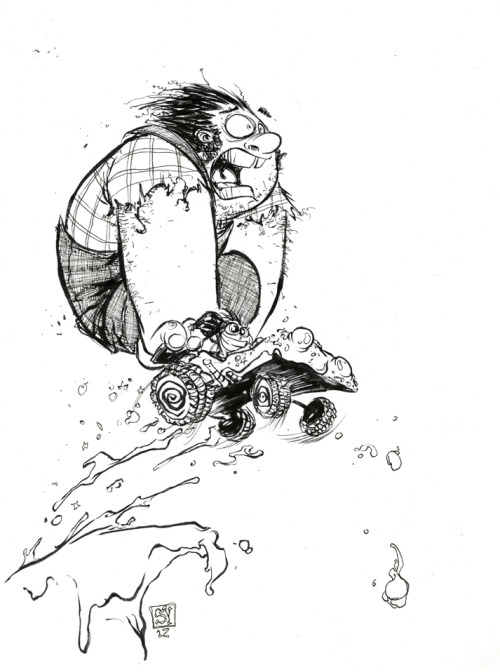
adictaalatinta: Fistful of Adventure by *CreatureBox
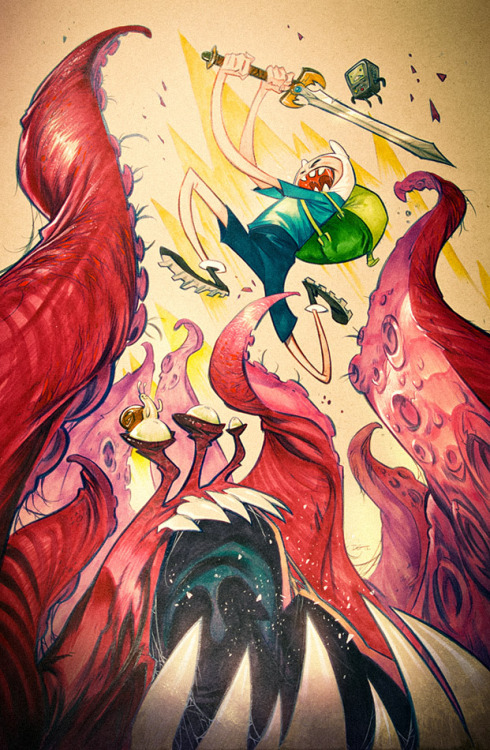
humungus: 本当はこんな歌 町山智浩, Cover Art by Rockin'Jelly Bean

本当はこんな歌 町山智浩, Cover Art by Rockin'Jelly Bean
adictaalatinta: Shark vs Crab by ~WyA
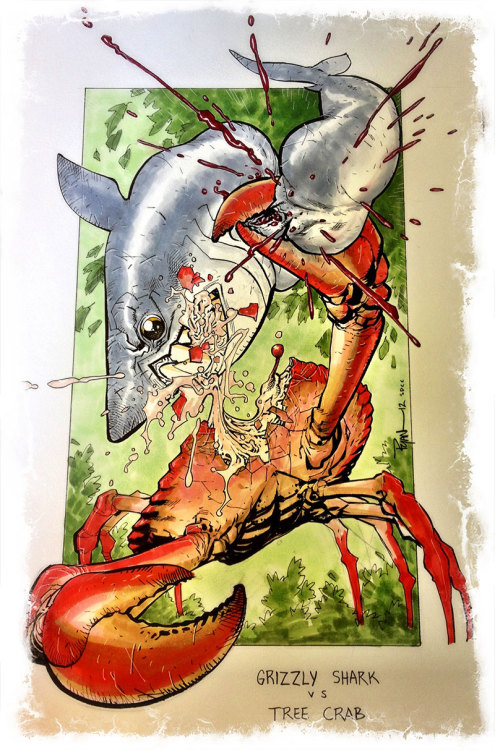
Shark vs Crab by ~WyA
adictaalatinta: Ratfist by ~WyA

ourvaluedcustomers: To his friend…
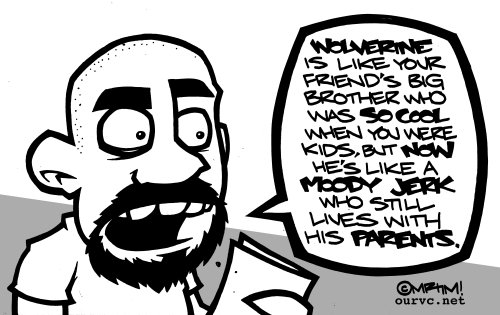
To his friend…
adictaalatinta: Bat in a box by ~Pennance
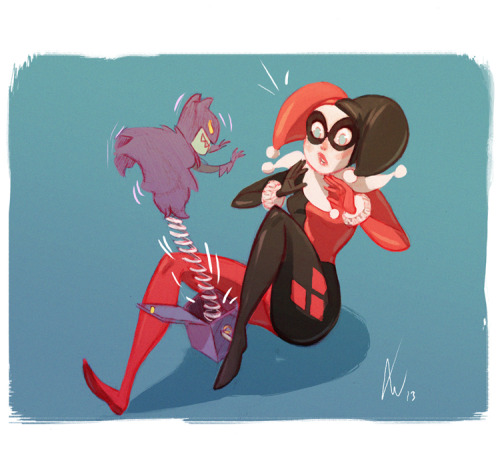
Bat in a box by ~Pennance
Photo
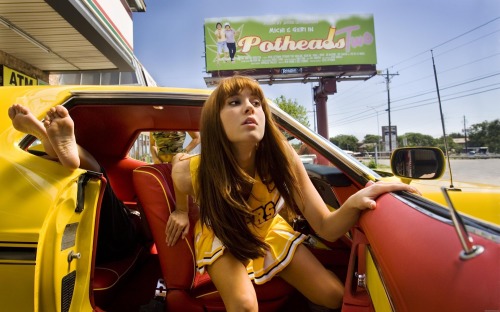
thescienceofrandom: Dimples - Artoo



Dimples - Artoo
monsterman: The Terrornauts (1967)
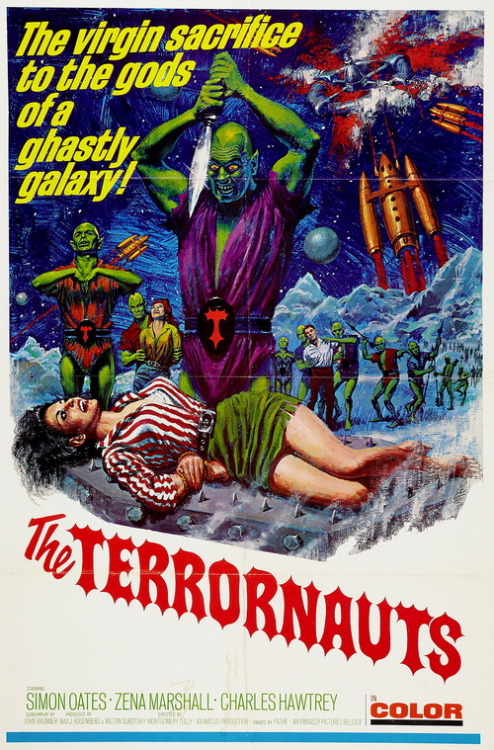
The Terrornauts (1967)
adictaalatinta: Rockab'WW by ~sobad-jee
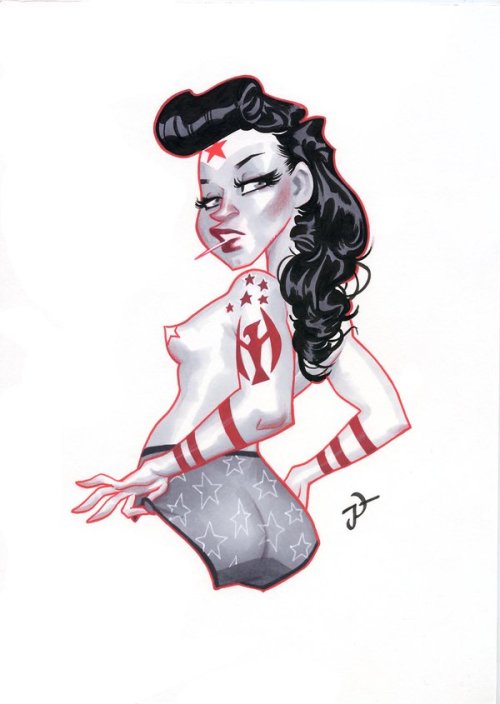
Photo
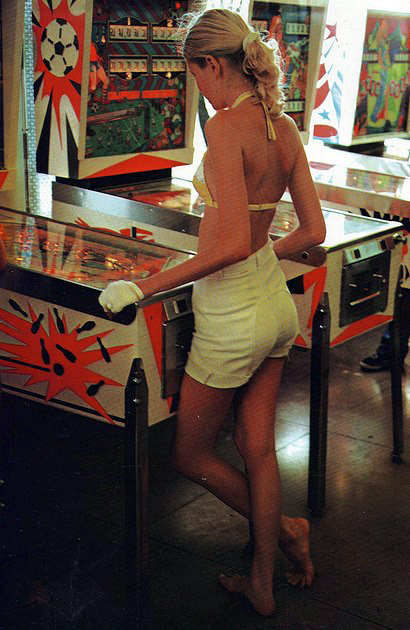
une-louve: L'empire. Indécence.
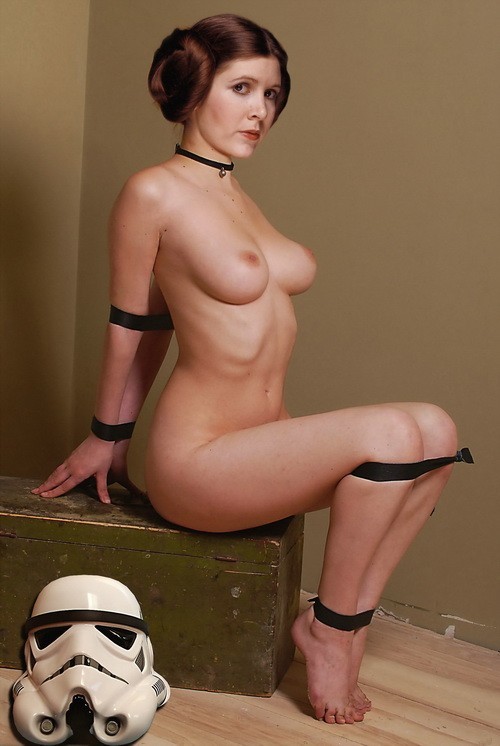
L'empire. Indécence.
Photo
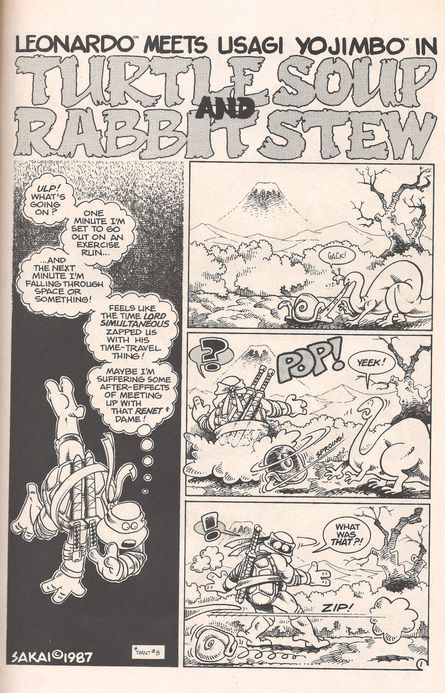














No comments:
Post a Comment